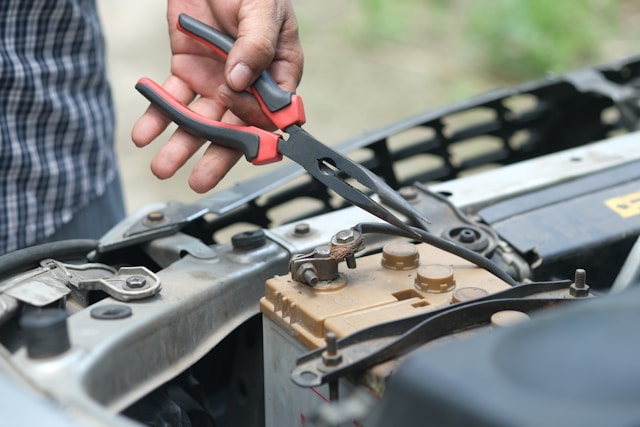Robots have flown before but none so realistic as the Robo Raven III. It’s the first robotic bird that flies on batteries charged by on board solar cells. But this isn’t a birdbrain attempt at flying a robot just for kicks. Robo Raven III’s flight plan could include everything from high-level surveillance to environmental protection.
While the earlier versions created quite a buzz, the low battery life acted as a deterrent for further progress. Now, the University of Maryland has come up with a new flapping robotic micro air vehicle (MAV) that can charge its own battery by harvesting solar energy. It is a significant step ahead since the robotic birds can now fly for a longer time and also use greener means to power themselves.
Typically, the Robo Raven III needs around 30 Watts to fly. Engineering professors Hugh Bruck and S.K. Gupta, along with their students in the Maryland Robotics Center, have demonstrated that the new version incorporates solar panels in the wings. These panels are not yet capable of powering entire flights since they only produce around 3.6 Watts, but they can definitely charge the MAV’s batteries when in stationary mode.
The MAVs weigh just 9.7 grams, can carry almost six grams of load and have a wing span of 34.3cm. They fly quietly and can get real close to their targets without revealing their presence, which increases their potential for stealth reconnaissance and surveillance missions.
The bird’s large wings offer considerable surface area for harvesting solar energy with the help of the flexible solar cells. They’re continuing to be developed to ensure they can fly longer and farther when they can directly get the power they need from the sun.
Watch the Robo Raven III take flight:






